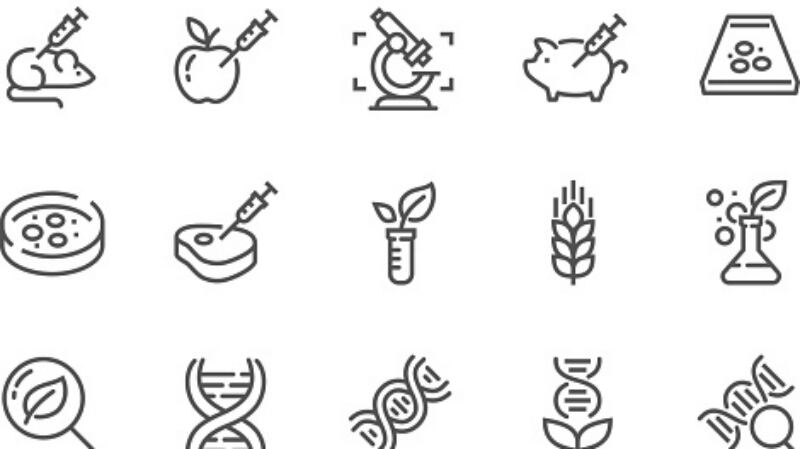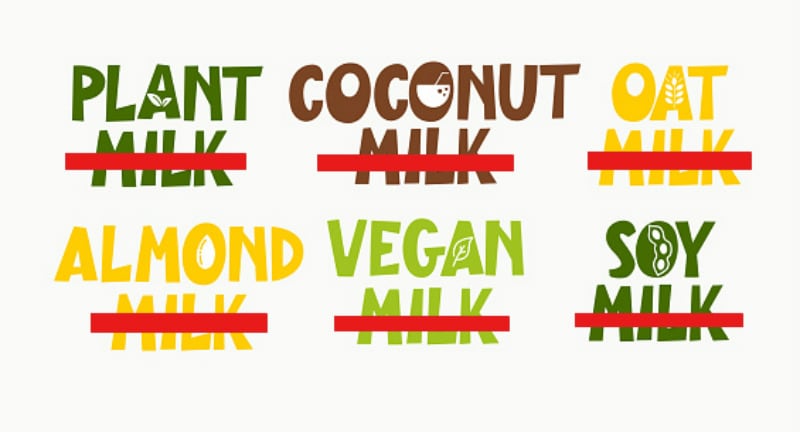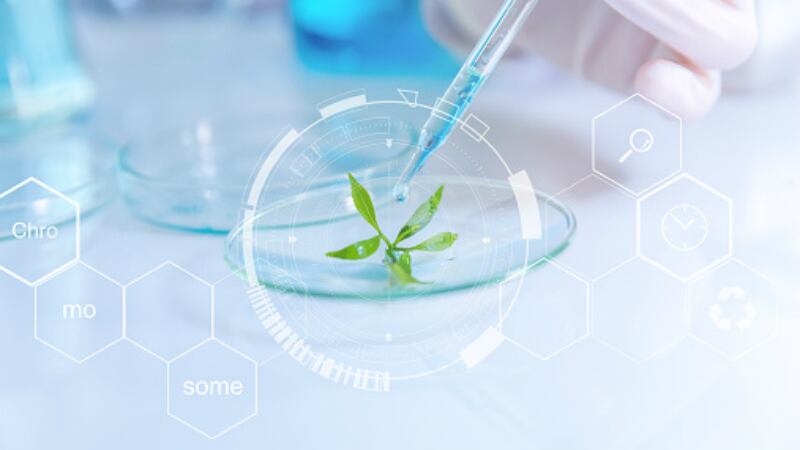These are outdated, lack clarity and do not reflect the diversity of scientific techniques being used, according to a recent report by FSANZ, the food watchdog in Australia and New Zealand.
FSANZ concluded that the only viable course of action left would be to amend definitions such as “food produced using gene technology”.
The regulator also found that there may be a risk-based case for some food that comes from so-called new breeding techniques to be excluded from the requirement for pre-market safety assessments.
New breeding techniques are novel methods of genetic engineering that give scientists the ability to genetically modify crops and animals more precisely. Using them, researchers can enhance, silence, insert or remove the desired genetic traits.
“The review found that while there are diverse views in the community about the safety and regulation of food derived from new breeding techniques, many agree the current definitions are no longer fit for purpose and lack clarity,” said Mark Booth, chief executive of FSANZ.
“Based on these findings, FSANZ will prepare a proposal to amend the definitions in the code.”
According to Heather Bray, of the University of Western Australia, FSANZ has determined the way food produced by gene technology is defined no longer reflects the range of technologies that can be used.
A lecturer in science communication whose work explores community attitudes to the role of technology in food production, Dr Bray said there was a substantial gap between the different types of gene technology 20 years ago, when the definitions were conceived.
“That gap no longer exists, creating confusion for food producers and consumers.
“FSANZ has determined that the way we defined food produced by gene technology, such as direct manipulation of DNA, no longer reflects the range of technologies that can be used,” she added.
Rachel Ankeny, team leader of the University of Adelaide’s Food Values Research Group, said the new FSANZ recommendations “represent a positive step forward”.
“A review was overdue on approaches to foods produced using a range of gene technologies and other breeding techniques, given the changing science and diverse market trends in play.
“However, as our own research has revealed, labels have their limits, and what is most important will be engaging with the public about what any new labelling regime will capture and what is not intended to be covered by it,” Professor Ankeny added.
Consumers often assume that regulation covers everything that might appear on labels, when in fact many claims are unregulated and can be used as a marketing technique.
Also, standards such as substantial equivalency to conventionally grown products may not be acceptable to many people who are avoiding GM for reasons beyond perception of risk or similar, Professor Ankeny believes.
“Hence revisiting the advantages and disadvantages of both process and non-process-based definitions is an important part of these recommendations that could lead to more engagement and dialogue with the general public."




